Cork Oak Tree
- October 4, 2023
- 0 comment
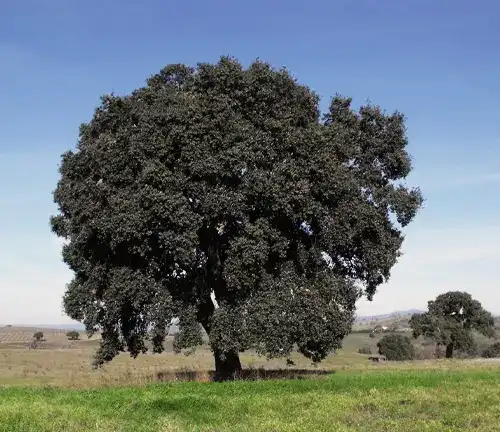
The Cork Oak (Quercus suber) stands as a distinctive and economically significant tree indigenous to the western Mediterranean region. Renowned for its robust, textured bark, this evergreen oak’s scientific name, “suber,” underscores the critical role its bark plays in various industries. With a wide-spreading canopy and reaching heights of 50 to 80 feet, the Cork Oak presents an impressive silhouette. Its dark green, waxy-coated leaves and uniquely capped acorns add to its distinctiveness. However, what truly distinguishes this tree is its extraordinary bark. Harvested every 9 to 12 years, the cork layer serves as the primary source for cork, a material widely used in the production of wine stoppers and an array of other products, from flooring to fashion items.
Notably, the harvesting process is sustainable, ensuring the tree’s regeneration and marking the Cork Oak’s significance in environmentally conscious industries. Beyond its economic importance, the tree plays a vital ecological role in its native habitat by providing habitat and nourishment for diverse wildlife and aiding in soil erosion prevention. Conservation initiatives recognize the ecological value of Cork Oak ecosystems and work towards their protection, emphasizing the delicate balance between human industry and environmental sustainability. In essence, the Cork Oak exemplifies the potential for responsible practices to foster a harmonious coexistence between human endeavors and the natural world.

| Characteristic | Description |
| Scientific Name | Quercus suber |
| Family | Fagaceae |
| Native Range | Western Mediterranean region |
| Growing Conditions | Thrives in well-drained soils; adapted to the Mediterranean climate with hot, dry summers and mild winters |
| Life Span | Long-lived, often reaching several centuries |
| Flowering Season | Typically in spring, inconspicuous flowers |
| Soil Erosion Prevention | The extensive root system helps prevent soil erosion |
| Height | 50-70 feet |
| Growth rate | Slow |
| Soil type | Well-drained |
A Brief History

The Cork Oak Tree (Quercus suber) has a rich history dating back thousands of years. Native to the western Mediterranean region, it has played a pivotal role in the culture and economy of the countries it calls home. Cork’s remarkable properties were known to ancient civilizations like the Egyptians and Greeks, who used it for various purposes, including as stoppers for containers and even fishing buoys. Over the centuries, the Cork Oak has continued to be a symbol of resilience and sustainability.
Color/Appearance
One of the most distinctive features of the Cork Oak is its rugged, thick bark. The bark’s color can range from a pale gray to a deep reddish-brown, depending on the age of the tree and environmental factors. Its unique appearance is not only visually striking but also indicative of the valuable material it produces.

Botanical Features
The Cork Oak is a handsome evergreen tree with a broad, spreading canopy. Its leaves are dark green and sport a waxy coating that helps reduce water loss, an adaptation to its Mediterranean habitat. The tree produces acorns with distinctive caps that cover a substantial portion of the nut, adding to its botanical charm.

Cultivation and Care
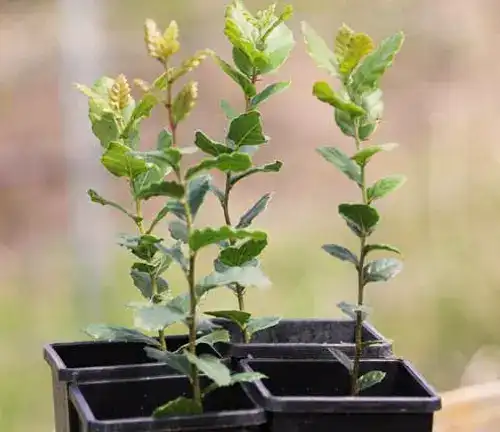
Cultivating Cork Oaks requires well-drained soil and a Mediterranean climate with hot, dry summers and mild, wet winters. They are resilient and have evolved to withstand challenging conditions, including drought and wildfires. Sustainable cork harvesting practices involve carefully removing the outer bark in sections, allowing the tree to continue thriving.
Ecological Importance
Cork Oak forests, often referred to as “montados” in Portugal and Spain, are unique ecosystems that provide essential habitat for a wide range of plant and animal species. These forests support biodiversity, with species like the Iberian lynx, boars, and various bird species calling them home. Furthermore, Cork Oaks help prevent soil erosion, making them vital for maintaining soil stability in their native regions.


Wood Products and Applications

Cork is the primary product derived from the Cork Oak Tree. Cork’s exceptional properties, including its elasticity, buoyancy, and insulation capabilities, make it an ideal material for a myriad of applications. From wine stoppers to flooring, from insulation to fashion items, cork is a versatile material with an enduring demand.

Culinary Applications
Beyond industrial and construction uses, cork has found its way into the culinary world. Cork is used to make cork trivets, a popular choice for protecting tabletops from hot pots and pans. These trivets are not only functional but also add a touch of natural beauty to dining spaces.


Benefits
The benefits of the Cork Oak Tree are manifold. It provides livelihoods for thousands of people in cork-producing regions, contributing significantly to local economies. Moreover, cork’s sustainable harvesting practices ensure the longevity of Cork Oak ecosystems, promoting responsible environmental stewardship.
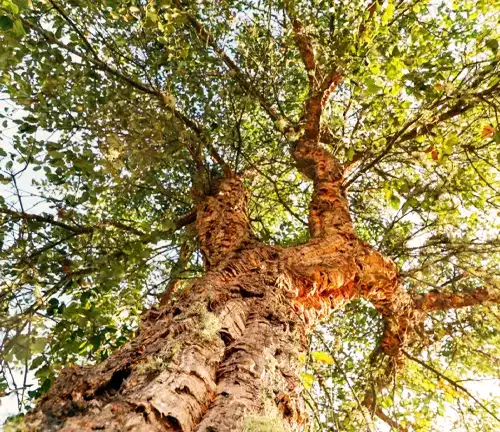
In conclusion, the Cork Oak Tree exemplifies nature’s gifts, offering valuable resources while playing a pivotal role in the preservation of ecosystems. Its historical significance, adaptability, and diverse range of applications make it a truly remarkable natural wonder.
Frequently Asked Questions (FAQs)
- How is cork harvested from Cork Oak trees, and does it harm the tree?
Cork harvesting involves carefully removing the outer bark of the tree in sections using specialized tools. Remarkably, this process does not harm the tree. In fact, it promotes the tree’s health and longevity as the bark regenerates, and Cork Oaks can be harvested for cork repeatedly over their centuries-long lifespan. - What is the significance of Cork Oak ecosystems for wildlife conservation?
Cork Oak forests, known as “montados,” are rich in biodiversity. They provide essential habitat and sustenance for various species, including the critically endangered Iberian lynx. These ecosystems play a crucial role in wildlife conservation in the Mediterranean region. - Why is cork a preferred material for wine stoppers, and how does it affect the aging of wine?
Cork is preferred for wine stoppers due to its unique properties, including its ability to create a slight seal that allows the wine to age slowly and develop complex flavors. Cork allows for the controlled exchange of oxygen, contributing to the wine’s maturation process and maintaining its quality. - Are there any alternative uses for Cork Oak bark besides cork production?
Yes, Cork Oak bark has been utilized in a variety of ways beyond cork production. It has been used for centuries in traditional medicine for its antimicrobial properties. Additionally, it has found applications in fashion, as cork textiles and accessories have gained popularity for their unique texture and sustainability. - How do Cork Oak trees contribute to sustainable forestry practices?
Cork Oak trees are prime examples of sustainable forestry. The ability to harvest cork without harming the tree promotes a circular economy where the resource is continuously renewable. This approach aligns with modern sustainability principles and showcases how responsible forestry can support ecosystems and industries simultaneously.


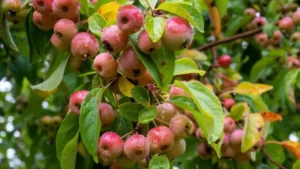
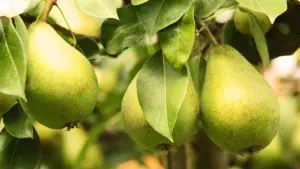
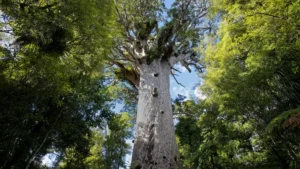


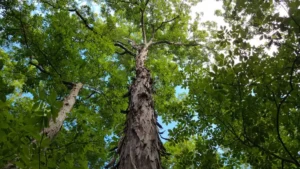




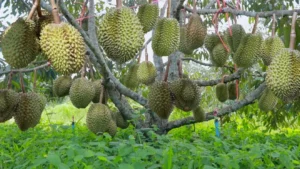
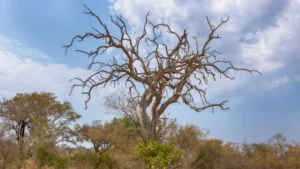
Leave your comment